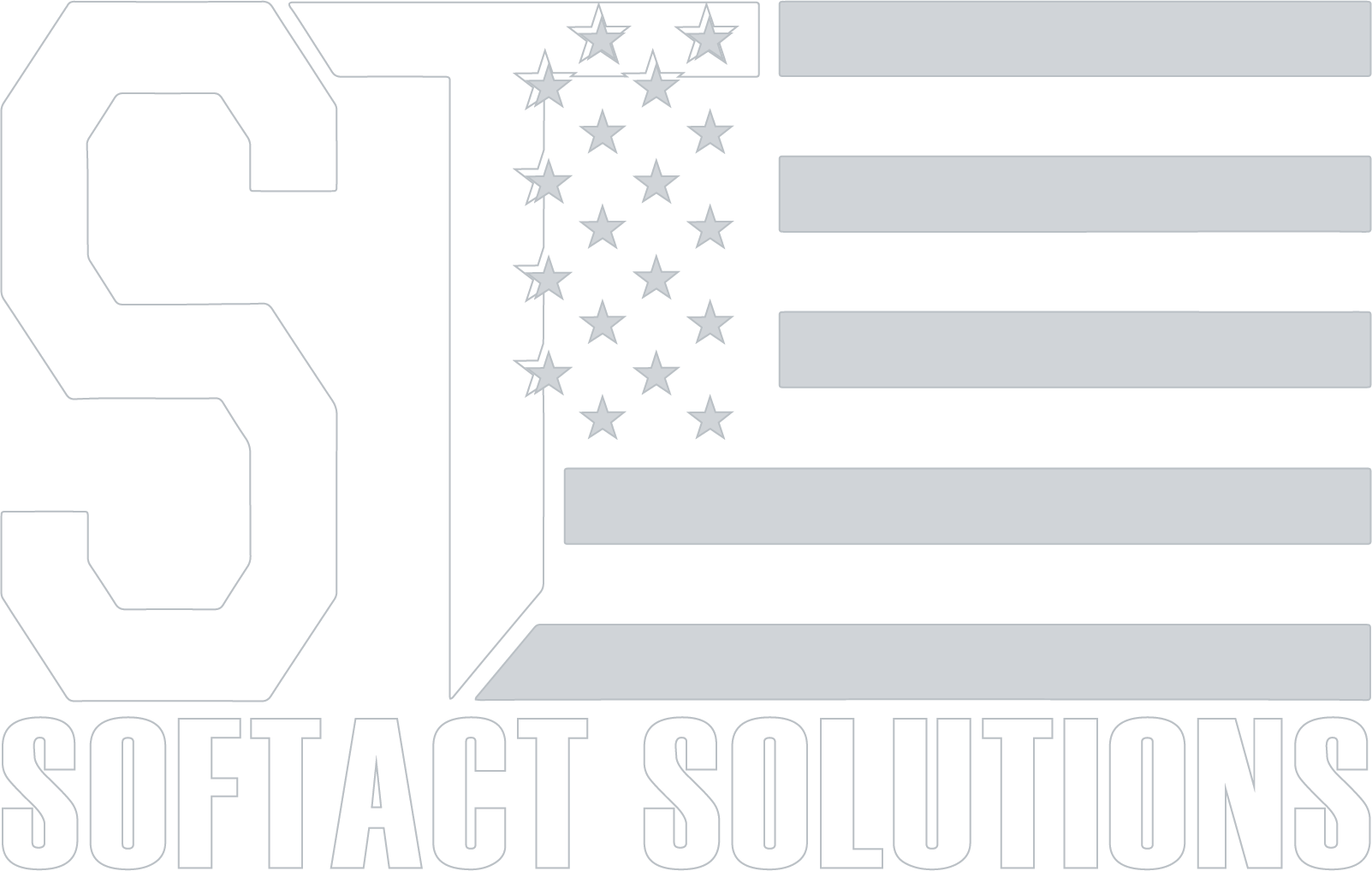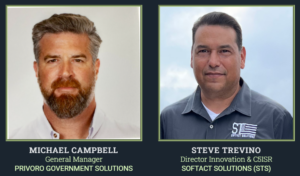Growing a Small Business pt2 with Daron Long STS Director of Operations
STS Director of Business Operations Daron Long shares more insights on the early days at STS and some of the essential elements that have helped us grow. Part one of this series can be found here Growing a Small Business pt1 – SOFtact Solutions.
In the first part of this series, we discussed creating an organizational structure and developing policies and processes. Those are key and essential pieces that must be in place for a company to operate.
In Growing a Small Business pt2, I will walk through a list of valuable considerations we used to build and grow our company. There is no specific order to the below other than logic and what worked for us building SOFtact Solutions.
Considerations for Building and Growing a Small Business
Culture: The culture of an organization is driven by its mission, vision, and values. It is an absolute necessity to define these areas since they are what guide the organization. These statements give organizational purpose, insights into desired achievements and outcomes, and defines the core principals and ethics.
Who do we want to serve? Who/What do we want to be? How do we want to operate?
Look at those questions (among others) and have very specific discussions to get to the answers. You want to build a team who has the same mindset and values to ensure that employees feel good being in the company and confident that the organization will take care of them; this is at the organization’s core.
People: Attract and retain the right people and leaders. The right people give you the building blocks for a successful organization. They must fit your culture and you want them to buy in to being a part of the business.
Take care of the people who work for the company; hire quality people; provide training opportunities to ensure your people stay on top of their specialties; provide solid, competitive benefits to attract and maintain employees.
The value proposition you offer should not only include a solid benefits package, but also have the value of being able to trust the people on your team. While there are many employees chasing the dollars, there are just as many who prefer to have an organization with a team you can trust. Make certain that your people understand that they are going to work with good people; people they can trust. In a small business or a startup where resources are tight, this is a big consideration as you build the team.
Organizational Structure: As discussed in part 1, create an organizational structure to make certain there is expertise in the right places and the organization is flat – a very flat structure with the right types of leaders in the right places to make the right decisions. You will expand this structure as needed, but my lesson is to keep it as flat as possible.
Priorities, Policies, and Processes: Again, as discussed in part 1, make certain to know the direction of the company, provide expectations to your people, and ensure you have repeatable, user-friendly processes.
Operating Rhythm: Ensure the right information flow. All meetings must have a purpose with known inputs and outputs and whether the meeting is focused on decisions or information sharing. This will assist in very quick and responsive decision cycles by the right leader in the organization. Time is valuable- for everyone- respect your own employees time as you expect them to respect yours.
Productivity: Ensure productivity of people – employee training and resources; employee performance reviews; candid, worthwhile discussions.
Create opportunities to make sure your people get the right training with the right resources. This process takes some time to establish. You must look for the specific tools that will enable your team. Don’t only look at training for your core business (like IT training or technical engineering training), also look at training and development for your entire staff – there are professional organizations that you need to ensure your HR, logistics, finance, contract, and other teams are part of so they can properly advise on the most current information in their area of expertise. This is a worthwhile expense to ensure the development of employees.
Conduct employee performance evaluations and encourage thorough candid, fruitful, discussions between supervisors and employees. The goal is to have a very transparent dialog between the employees and direct managers to make certain everyone is moving in the same direction. This is probably one of the toughest things to do right; that is why you must hire the right leaders for your team.
Profitability: This is pretty simple. Get profitable – get ahead of the cost of doing business. You cannot hire people if you do not have money. You cannot acquire new business if you do not have a budget to travel to meetings/events and compete for new business. Being profitable is essential to being able to grow to the next level, to hire people to take care of our customers and to take care of our employees. In a small business, be ready to reinvest everything to ensure your business has not only the capability but also the capacity to get more work.
Customers: Keep the customer happy. Make sure you have the right people who will look out for the customer and the company. As you build, you need the right people reaching the right customers through business development strategies. Admittedly, this is hard when you’re starting out, but tie back what you are chasing to your mission, vision, and goals.
As mentioned previously, finding the right people is essential. When it comes to your customers, you want to make certain your people know the customer; this will go a long way to ensuring customers are excited to have the support.
Since the primary customer of STS is the DoD, we maintain a high percentage of Veteran employees (as of this writing we are right around 60%). This not only gives STS excellent employees, but their experience with our customer base also makes them relatable to our DoD customers.
Growth: You must be adaptable in this industry, especially over the last few years where we have seen the DoD budgets declining. Planning around maintaining your current customer base while researching and pursuing new work gets harder and harder with less money out there in government contracting. We started planning prior to the reduction in DoD budgets to broaden our base and expand to verticals outside of the DoD in capabilities where we have expertise and experience. This has not been easy, but if you begin to talk about the other areas early, you will be able to better digest the challenge when the time comes to chase. Ensure current customers are satisfied with the support and align business development strategies around those current client successes.
Find partners who share your culture/values; someone you can trust and who will trust you. Adapt with change in industry and adjust with new lines of business when you can.
Conclusion: As you move forward and continue to grow a company, remember that change is constant and you will need to maintain the organizational structure, replace leaders who move on to their next opportunity, refine policies and processes, and take care of your people. Be prepared to make mistakes but correct them and move forward without making the same mistakes; make the hard decisions and be accountable to them.
Finally- we encourage those that have traveled their own journey in building and growing a small business to tell us their lessons learned, we are a LEARNING organization and always look for ways to improve!
Read part one here Growing a Small Business pt1
Join the conversation on LinkedIn!




